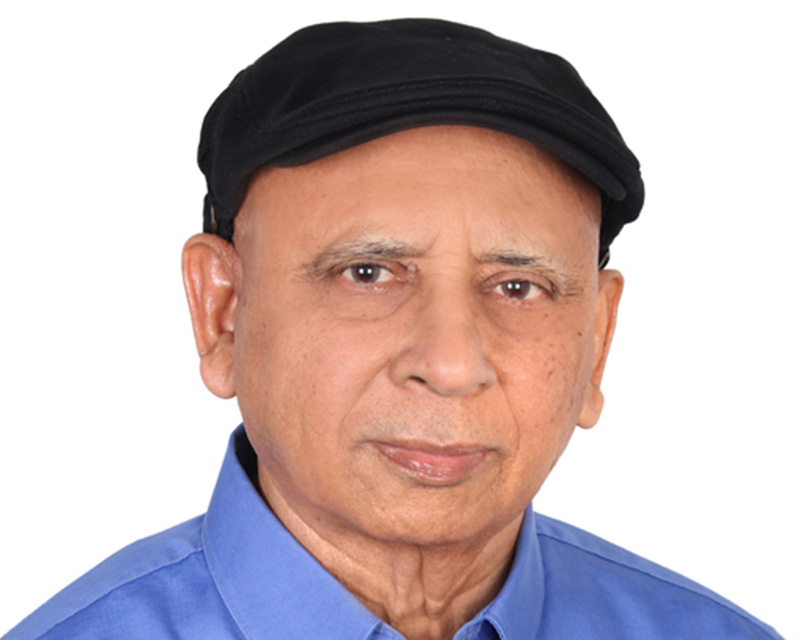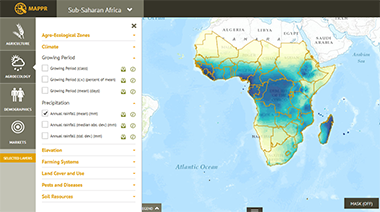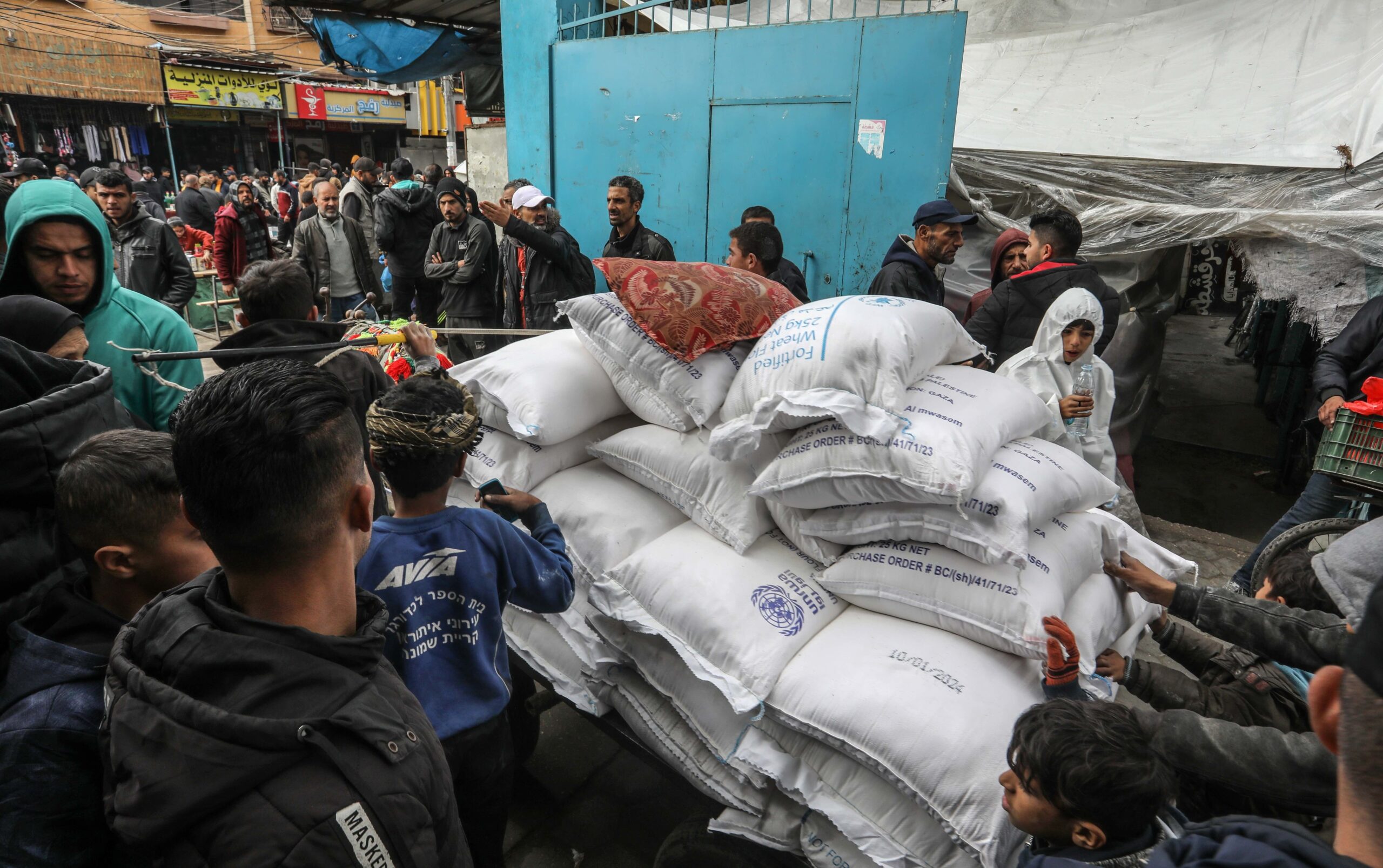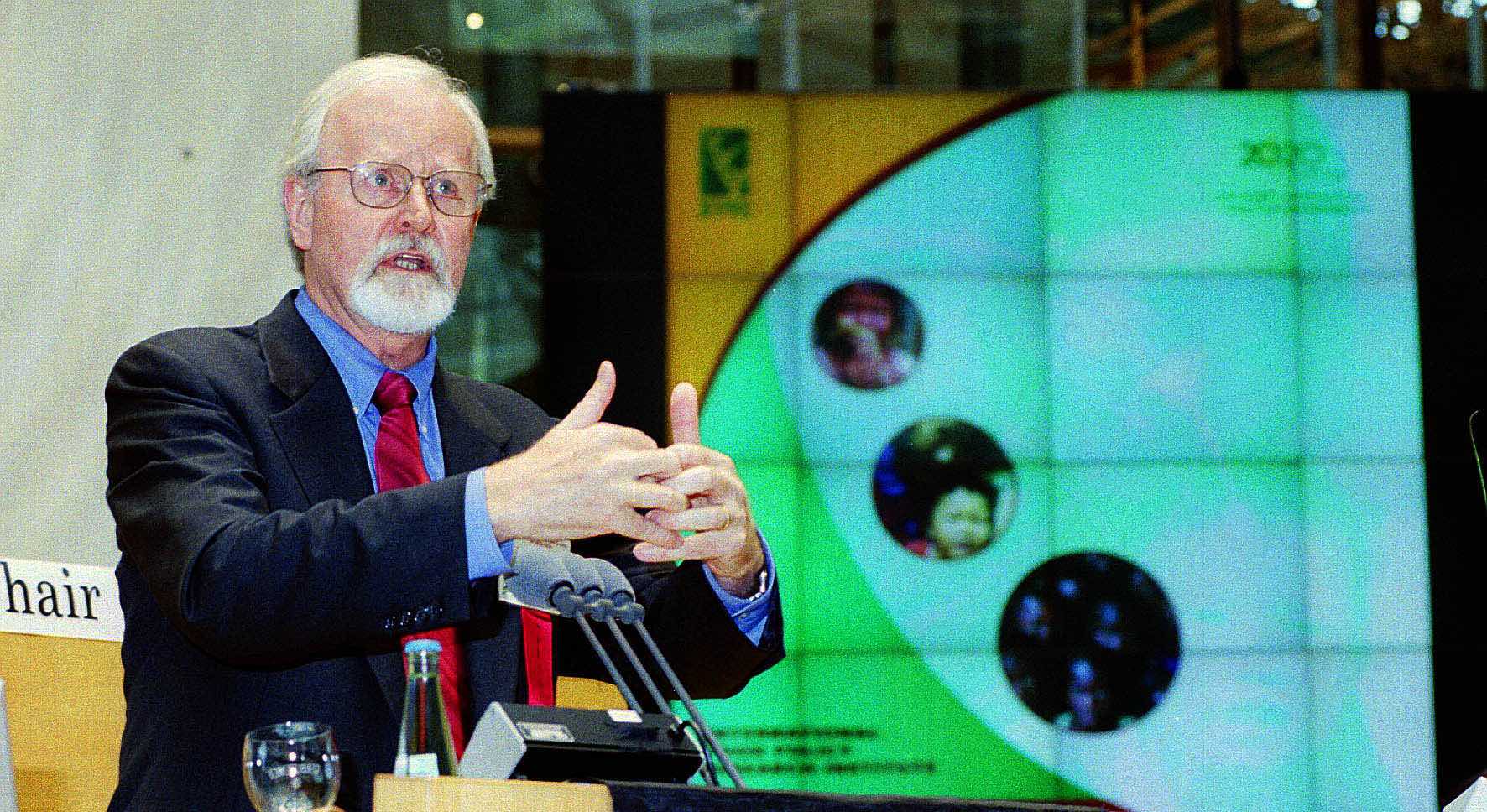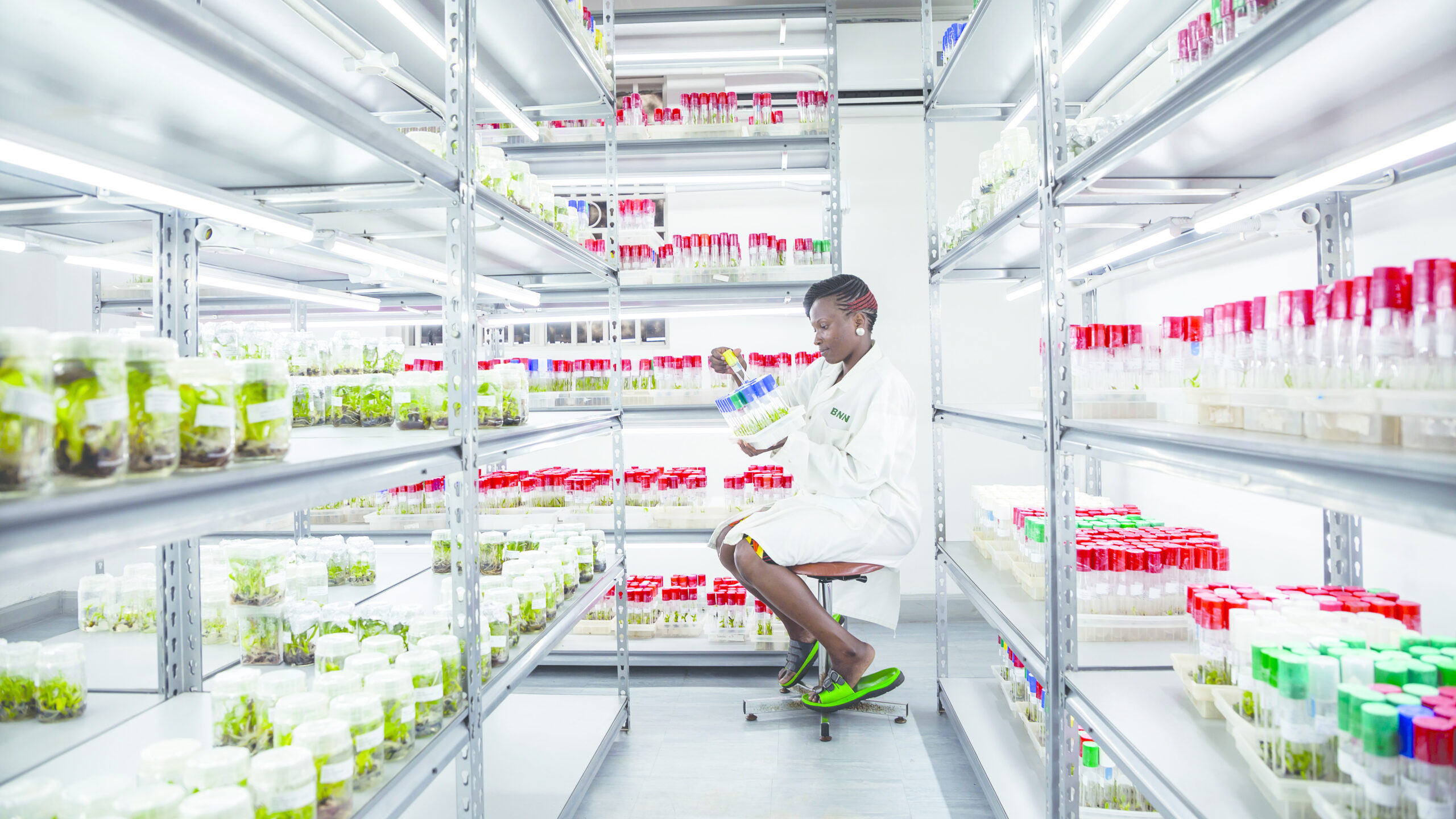I have been computing various measures of the impact of climate change on agriculture for the last six years, in an effort to help donors, researchers, and policymakers anticipate what farmers would face and, as a result, be able to develop plans to help agriculture adapt to climate change. But I recently came to the realization that the measures I have been computing — while important for many reasons — actually lead the policymaker to potentially wrong conclusions about what policies and investment strategies to use in order to help farmers adapt. The trouble is that the kind of calculations I have been doing are similar to the calculations others throughout the world have been doing, so it is not simply a matter of me being wrong, but a matter of all of us thinking about the issue incorrectly.
To explain, I’ll use a fictitious example that is inspired by a real one I recently encountered in one of the countries that I studied.
For simplicity, let us suppose I only have one climate model, so that I only have one expected outcome for climate in the future. Using some kind of biophysical model, I make predictions for every crop as to what the yield in the future would be without climate change, and what it would be with climate change. Suppose the biophysical model tells us that for a given country in which maize and rice are equally important, that maize will suffer 20 percent yield reductions from climate change, and that rice will experience 20 percent yield increases from climate change.
Most of us would tend to overlook any increases for rice because we think that it will do so well under climate change that rice farmers don’t need any kind of additional support to adapt to climate change. Instead, we would focus on maize, and perhaps suggest that maize research must be an investment priority, because a 20 percent yield reduction is substantial, and we don’t want maize farmers to suffer from such large effects of climate change.
But then suppose our model also tells us that global yield losses for maize will be 30 percent and global yield gains for rice will be 30 percent. Now, relatively speaking, the country of interest is going to increase in productivity in growing maize relative to the rest of the world, and that rice productivity in the country of interest will decline relative to the rest of the world. In such a case, do we reverse policy and recommend investing in rice research while at the same time ignoring maize research? In our hypothetical case, maize farmers will have absolute losses from climate change but relative gains to the rest of the world; while rice farmers will have absolute gains but relative losses compared to the rest of the world?
I am actually thankful for encountering such a situation in an actual research setting so that I was forced to think about the issue of relative and absolute losses, and finally realize that the true answer I was searching for had absolutely nothing to do with absolute or relative, nor with gains or losses — at least not for the policymaker who is trying to make policies and investments that will maximize future GDP. What such a policymaker should actually want to know is this: given that climate change will impact agriculture in the way the models suggest, what investments will result in the best economic returns?
For example, a billion-dollar investment in maize might only increase yields by five percent, while the same investment in rice might increase yields by 20 percent. And if those yields are converted to, say, a five billion and 20 billon increase in GDP, respectively, then clearly the rice investment is the better investment, even though climate change already gave it a 20 percent yield boost, and now we are suggesting to invest to give it 20 percent more. The choice of investment has nothing to do with the gains or losses from climate change, but simply looks for the best way forward, given the reality of the effects of a changed climate.
We don’t have to limit ourselves to the criterion of achieving the greatest return to an investment. We could use any other criteria that a person would want to use, but the point is that we are looking at the real future cost for two different strategies, and we are looking at how those strategies measure up against some kind of future objective measure, rather than looking primarily at the direct impacts of climate change — we should take those as a given.
Once we come to agree that this new objective measure is the one that policymakers should use, we then unfortunately come head-on with the realization that calculating returns to investments in yet-to-be-created technologies — investments that are not realized until the distant future — are also some of the hardest to assess accurately.
If we think that such a computation is too difficult — and I’m not yet prepared to concede this as an insurmountable obstacle — then we could return to our current fallback position, which is to invest in the important crops that are predicted to be most adversely impacted economically. However, now that we’ve seen that this is not really the best measure to base climate change policy on, we have to stay aware of what the true measure is — the ability of the investment in the future to achieve the objective (i.e., to maximize the objective function) — and be willing to switch to this measure whenever we feel we can compute it with sufficient certainty.

